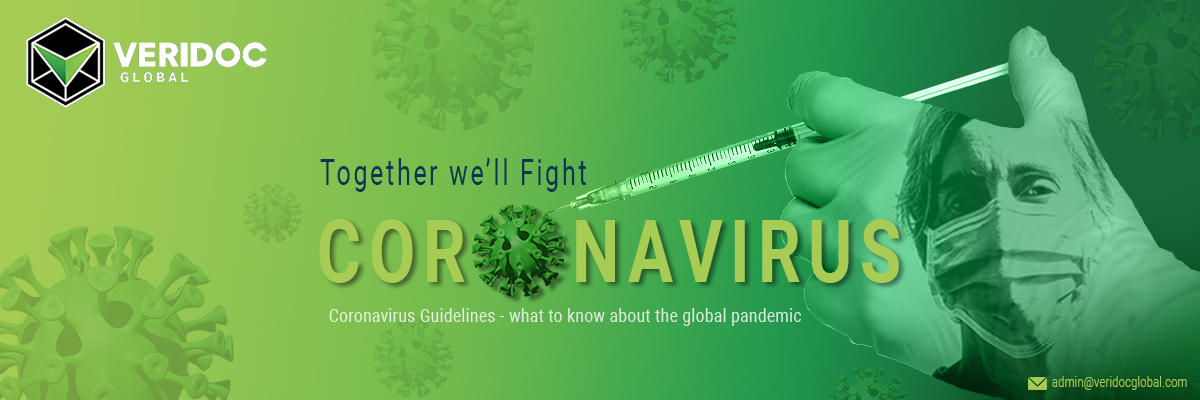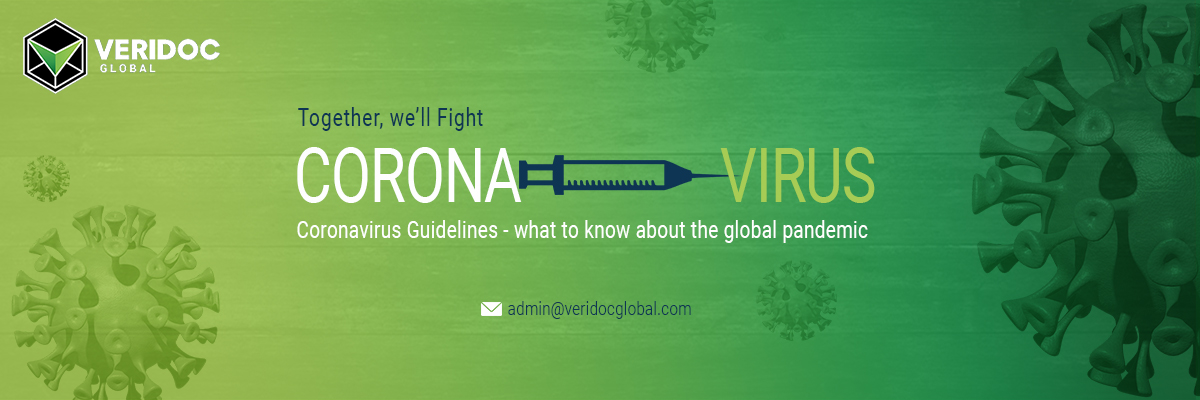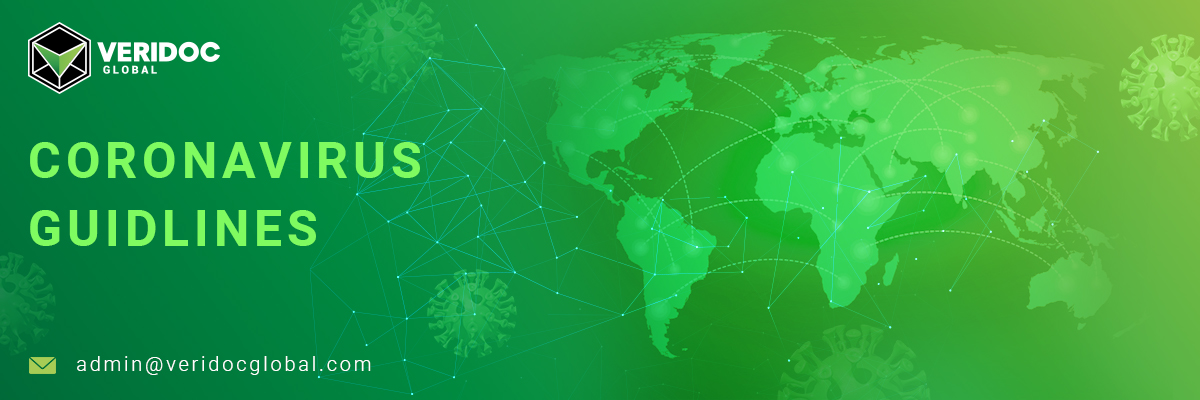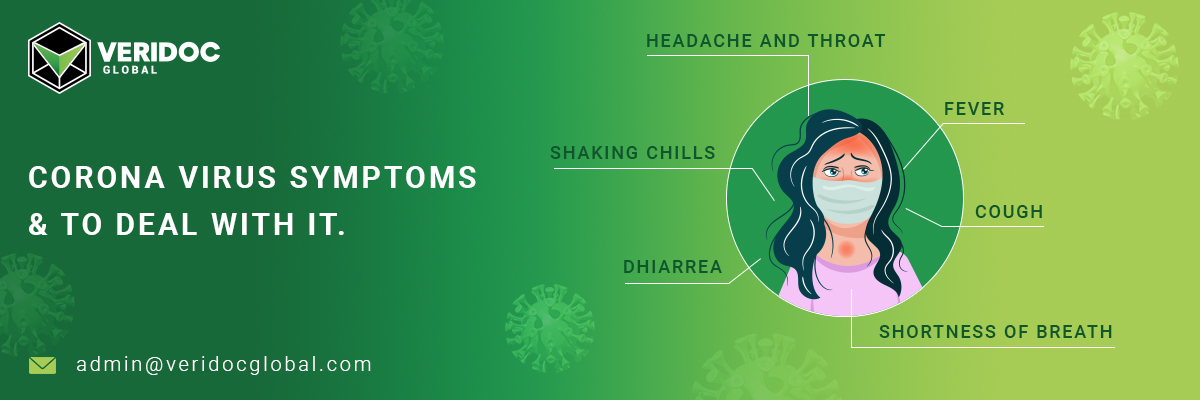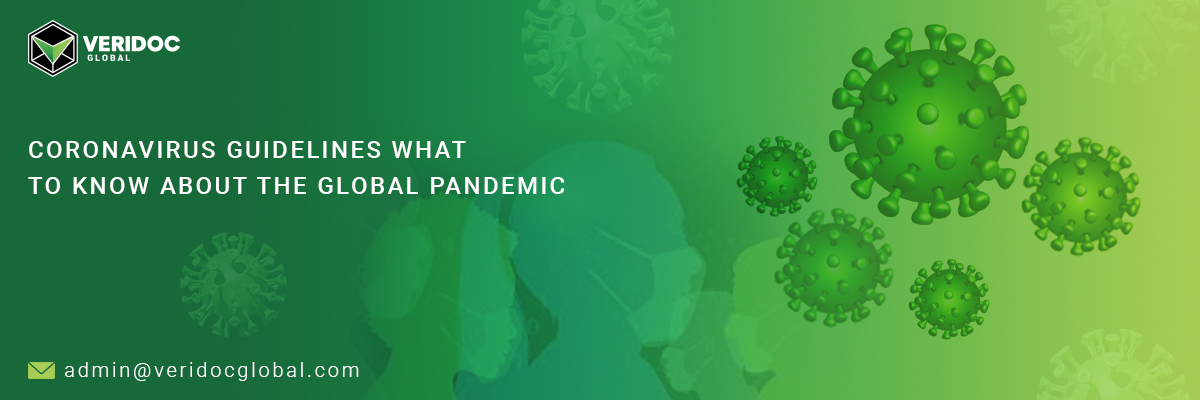The COVID-19 pandemic revealed several high-value use cases where digital ledger technologies, such as blockchain, could solve urgent global needs and enable rapid response.
To date, blockchain-enabled technologies have not been broadly implemented in the healthcare industry, so they are only beginning to enter the pilot and real-world stages of deployment. Nonetheless, citizens require real-time exposure to essential knowledge in a standardized way from reputable outlets. This knowledge can provide an immediate glimpse of the condition in our global society.
Blockchain Solutions in Action
Blockchain technology is focused on its potential to allow the transparent exchange of checked, accurate, and safe information between individuals or organizations. Information protection and encryption may be used to secure consumers' privacy and people who send data while also having source and confidence in public data.
Many instances of health usage have gained attention over the past year, particularly those centered on healthcare's corporate and administrative aspects. These concepts are being studied in the ongoing pandemic to streamline and safely communicate and transmit data in real-time.
Supply Chain Management
The pandemic is a wake-up call for managers to concentrate on their exposure to the supply chain. When the supply chain fails, certain roles obey as their activity is related to the supply chain's output.
Health protection devices, medical supplies, and grooming goods are under-supplied in most areas of the world facing Covid-19. Aside from the pandemic, which explains the crisis, the fundamental trigger is the demand for products that have much-surpassed availability.
Supply chain management falls in as it deals with the distribution of products and knowledge from the manufacturer to the customer. That is occurring today is that the Covid-19 disrupts the movement of products through the production network. This indicates that the ability to generate an appropriate supply is inadequate to accommodate the increasing demand due to travel restrictions, restricted labor force, shortage of raw materials, and other bottlenecks that stifle the production and transportation of products.
The supply chain is a network of organizations that oversee the practical movement of goods from commodity production to distribution to use to product returns to sustainability. Many supply chains today are multinational and dynamic because raw products are imported abroad, and any interruption in a particular network has a cascade impact on the whole supply chain.
VeriDoc Global has built a workaround that includes embedding a QR code into an object with a unique digital hash within the QR code. The hash contains a string of information that is then put on the blockchain network for authentication, verification, and most critical end-user validation.
Using the QR Code Reading Device, consumers can check the QR code on the item after it has been shipped to them to validate the validity of the item. Throughout the shipping process, the QR code will be revised to check whether and where the package has changed hands.
Scan the QR code on the supply chain with any QR code reading device, and the software will display you the true document generated by the issuer. This helps you to assess and see if the supply chain is an initial or a copy.
Covid-19 calls for innovation and resilience among companies to mitigate the impact on their cash flow. It ensures that companies take a cautious stance and pay particular attention to how their supply chain can react to threats and what tools are accessible to help maintain internal processes. Visibility across supply networks is essential to this. Mapping the supply chain is a popular method to achieve exposure because it reveals the position and other details of the tiered suppliers.
Companies that develop and grow in their supply chain are better positioned for more change and growth, than others that only wait and see and find themselves left behind with their own supply chain.
Blockchain is part of the future of health care.
